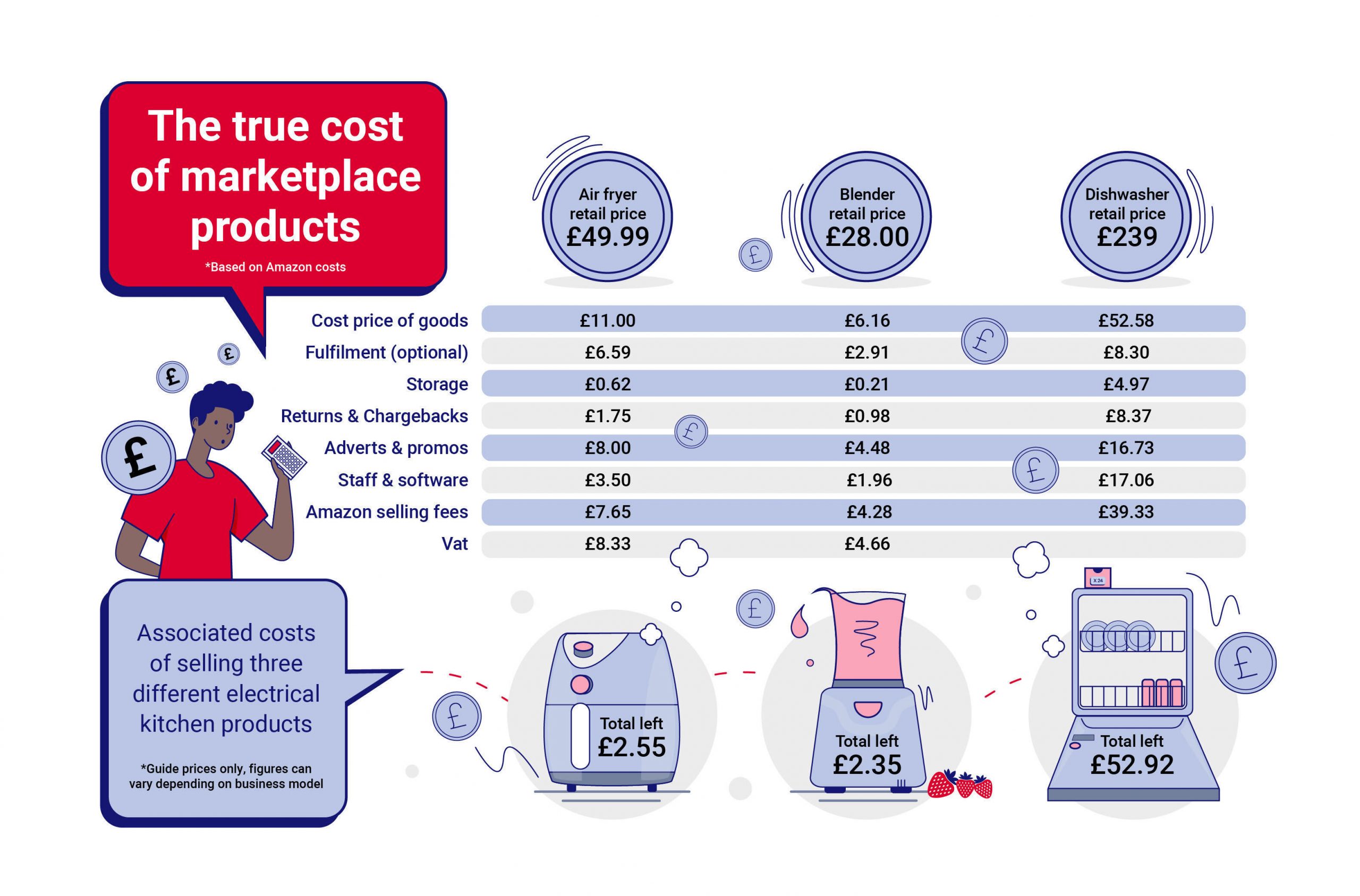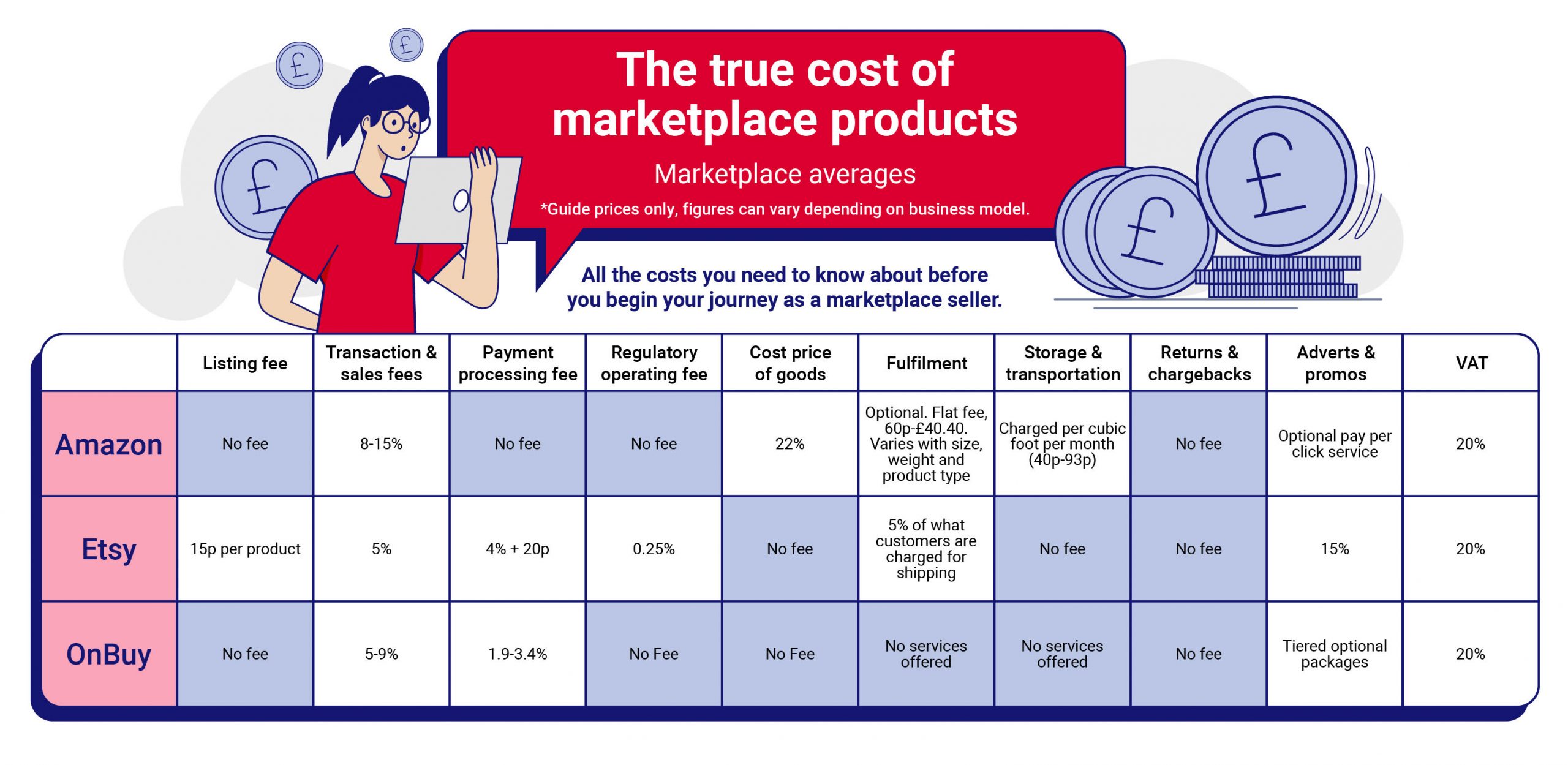
Becoming a payment processor is brutal. The licensing process usually takes 18-24 months minimum, compliance requirements change constantly, and you'll burn through $2-5M just getting started. Connect sidesteps this entire nightmare - you integrate their API and go live in a few weeks instead of years.
Two main patterns dominate Connect usage: **marketplaces** where you collect from buyers and split to sellers (Shopify, DoorDash style), and **SaaS platforms** that enable their customers to accept payments directly (GitHub Sponsors, Salesforce Commerce). Both avoid the regulatory hellscape of becoming a payment facilitator yourself.
Here's What Actually Happens
Stripe Connect powers thousands of platforms now. Most of them use it because building payment processing yourself is a fucking nightmare.
The networked onboarding works great when your users already have Stripe accounts - they can join in three clicks. Problem is, most businesses don't have Stripe accounts yet, so don't count on this magical three-click onboarding fixing your conversion problems.
They Added a Bunch of Other Stuff Too
The fund routing works well once you understand the transfer timing. You can configure percentage splits, fixed fees, or complex routing through separate transfers. Just be careful with delayed transfers - they create support tickets when merchants don't understand the payout schedule.
They also offer a bunch of other fintech stuff like virtual cards, business lending, tax reporting, and treasury management. Overkill for basic payment processing, but saves you from integrating multiple fintech APIs if you're building something bigger.
Big names use it - BMW, Amazon, Discord, Shopify. Impressive, but what matters is whether it works for your use case.
The Connect dashboard has improved significantly, and webhook handling is more reliable than it used to be. The API docs don't completely suck anymore - way better than PayPal's garbage.



